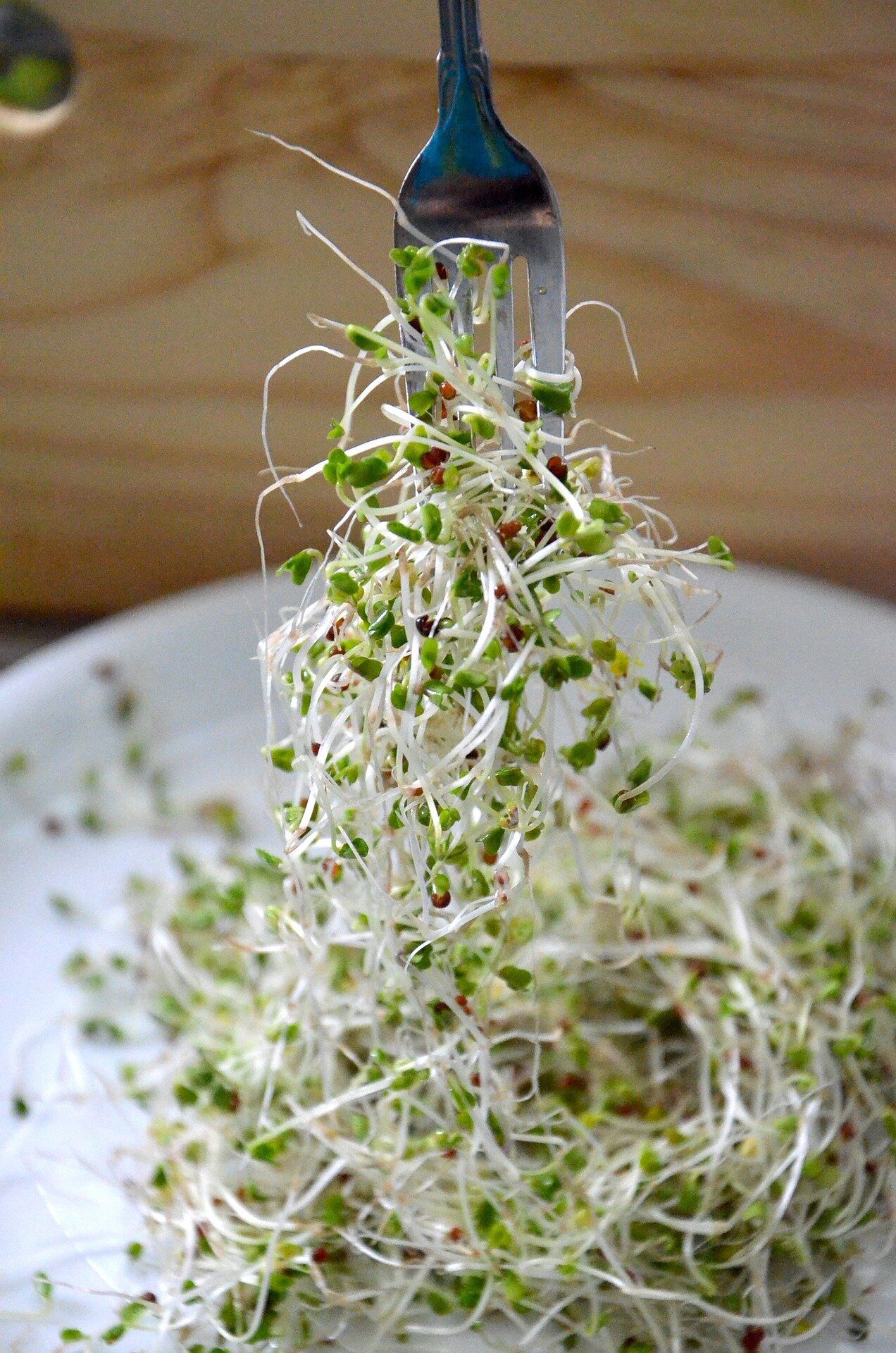

A notable chemical compound, sulforaphane, present in broccoli sprouts, has been associated with enhanced blood sugar control in individuals with prediabetes—a condition that can precede type 2 diabetes. This link was highlighted in a recent study conducted at the University of Gothenburg, where researchers found that this compound significantly impacted blood sugar levels among specific individuals.
Prior investigations at the University of Gothenburg have recognized sulforaphane as a potential antidiabetic agent for type 2 diabetes. A 2017 study involving patients revealed that those who consumes substantial amounts of sulforaphane derived from broccoli sprouts experienced marked reductions in blood glucose levels.
In the current study, published in Nature Microbiology, Professor Anders Rosengren and his research team shifted their focus to prediabetes. This condition manifests as gradually increasing blood sugar levels, attributed to diminished insulin production.
The study encompassed 89 adults exhibiting elevated fasting blood sugar, an indicator of prediabetes, with additional parameters including being overweight or obese and aged between 35 and 75 years.
Participants were randomly assigned either sulforaphane or a placebo for a duration of twelve weeks, ensuring that neither the participants nor the researchers were aware of the assignments. Of the initial group, 74 participants completed all phases of the study.
Reduction in Fasting Blood Sugar
Results indicated that those receiving the sulforaphane treatment experienced a more significant average reduction in fasting blood sugar levels compared to the placebo recipients, showcasing a notable difference between the two cohorts.
Further analysis revealed even more pronounced benefits within specific clinical subgroups. The group that showed the most substantial improvement after sulforaphane intake had early indications of mild, age-related diabetes, alongside a relatively low BMI, reduced insulin resistance, minimal fatty liver disease, and diminished insulin secretion.
The third phase of the study, conducted in partnership with Professor Fredrik Bäckhed at the University of Gothenburg, evaluated gut bacteria. This analysis uncovered a particular gut bacterium that seemed to interact with sulforaphane, potentially enhancing the effectiveness of this broccoli-derived compound.
Quantitatively, participants taking sulforaphane exhibited a reduction of 0.2 millimoles per liter in fasting blood sugar levels compared to the placebo group. This difference increased to 0.4 in the specific clinical subgroup and reached 0.7 for those within both the clinical subgroup and possessing the associated gut bacterium.
Toward Targeted Treatment
In Sweden, the incidence of prediabetes is estimated to affect up to 10% of the population, yet a clear treatment protocol is largely absent. Early identification of this condition greatly enhances the likelihood of preventing type 2 diabetes. Rosengren stresses the importance of timely and personalized interventions aimed at disease prevention.
“Current treatment options for prediabetes are lacking in many respects, but our findings pave the way for potential targeted therapies utilizing sulforaphane from broccoli as a functional food. Nonetheless, foundational lifestyle changes including physical activity, nutritious eating, and weight management remain critical,” he emphasizes.
“Our study results also establish a conceptual framework illustrating how pathophysiology and gut microbiota interact and influence treatment outcomes, which may have broader implications,” Rosengren concludes.
Further Reading: Chinmay Dwibedi et al, “Effect of broccoli sprout extract and baseline gut microbiota on fasting blood glucose in prediabetes: a randomized, placebo-controlled trial,” Nature Microbiology (2025). DOI: 10.1038/s41564-025-01932-w
Reference: Broccoli sprout compound shown to reduce prediabetes in study participants (2025, February 13), retrieved February 14, 2025, from https://medicalxpress.com/news/2025-02-broccoli-compound-shown-prediabetes.html
This document is subject to copyright. Except for fair dealing for personal study or research, no part may be reproduced without written permission. The content is provided for informational purposes only.









